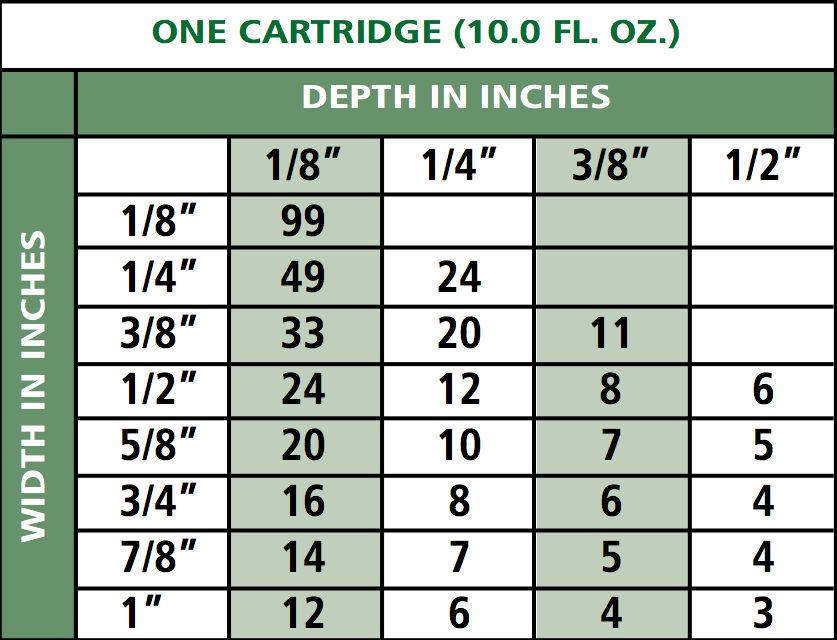FAQs
Caulk vs. Sealant? What is the difference?
“Caulk” typically refers to general purpose products that fill gaps between building materials. They usually have average adhesion, low expansion and contraction qualities and generally do not perform as well outside. Caulks usually meet ASTM Specification C-834.
“Sealants” are typically considered high performance products and have very good adhesive properties – they stick well. They will adhere to a broad range of substrates. They also recover well when stretched or compressed – like in temperature extremes, so they perform well outside. Sealants usually meet ASTM Specification C-920.
What is the difference between White Lightning® Silicone Ultra and Silicone Rubber?
White Lightning® Silicone Ultra products remain permanently flexible and will not shrink. White Lightning® Silicone Rubber products exhibit many of the same characteristics, but have a stronger odor (during application) and should not be used on naturally porous surfaces such as granite, limestone or masonry. By formulation, silicones stand up to extreme weather conditions and temperature variations. They are also extremely flexible. Silicone sealants adhere well to non-porous surfaces.

